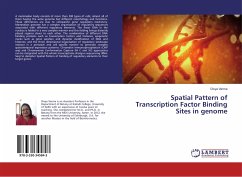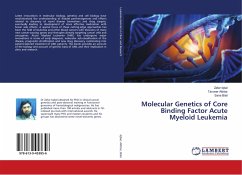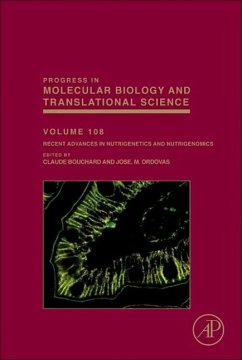
Spatial Pattern of Transcription Factor Binding Sites in genome
Versandkostenfrei!
Versandfertig in 6-10 Tagen
16,99 €
inkl. MwSt.

PAYBACK Punkte
8 °P sammeln!
A mammalian body consists of more than 200 types of cells; almost all of them having the same genome but different morphology and functions. These differences are due to cell-specific gene regulatory machinery. Mammalian genome has a complex organisation of regulatory sequences associated with different regulatory elements. The linear DNA in the nucleus is folded in a very complex manner and this folding brings distantly placed regions closer to each other. The combination of different DNA binding proteins such as transcription factors and histones; epigenetic marks such as gene position and d...
A mammalian body consists of more than 200 types of cells; almost all of them having the same genome but different morphology and functions. These differences are due to cell-specific gene regulatory machinery. Mammalian genome has a complex organisation of regulatory sequences associated with different regulatory elements. The linear DNA in the nucleus is folded in a very complex manner and this folding brings distantly placed regions closer to each other. The combination of different DNA binding proteins such as transcription factors and histones; epigenetic marks such as gene position and dynamic modification of DNA and histones; and the three dimensional organisation of regulatory landscape interact in a pervasive and cell specific manner to generate complex spatiotemporal expression patterns. Chromatin Immunoprecipitation (ChIP seq) and Chromosome Conformation Capture (Hi C and 5C) approaches can be integrated with the whole transcriptome shotgun sequencing (RNA-Seq) to decipher Spatial Pattern of binding of regulatory elements to their target genes.












